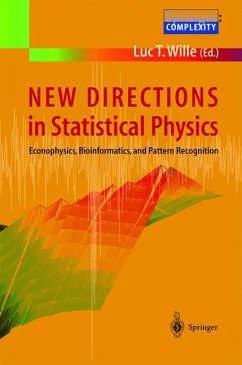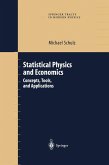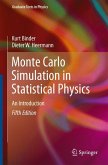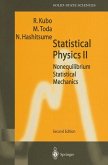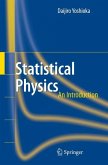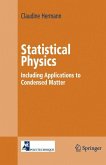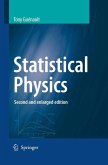Statistical physics addresses the study and understanding of systems with many degrees of freedom. As such it has a rich and varied history, with applications to thermodynamics, magnetic phase transitions, and order/disorder transformations, to name just a few. However, the tools of statistical physics can be profitably used to investigate any system with a large number of components. Thus, recent years have seen these methods applied in many unexpected directions, three of which are the main focus of this volume. These applications have been remarkably successful and have enriched the financial, biological, and engineering literature. Although reported in the physics literature, the results tend to be scattered and the underlying unity of the field overlooked. This book provides a unique insight into the latest breakthroughs in a consistent manner, at a level accessible to undergraduates, yet with enough attention to the theory and computation to satisfy the professional researcher.
From the reviews:
"The tools and techniques of statistical physics are increasingly ... . This volume nicely illustrates some of these accomplishments through an eclectic mix of eighteen articles by some of the key initiators of the new directions. ... The editor's aim was to put together a volume ... . he has been highly successful in this endeavor. Beyond reflecting on progress to date, the articles in many cases point the way to future developments." (Murray Batchelor, The Physicist, Vol. 41 (6), 2004)
"The tools and techniques of statistical physics are increasingly ... . This volume nicely illustrates some of these accomplishments through an eclectic mix of eighteen articles by some of the key initiators of the new directions. ... The editor's aim was to put together a volume ... . he has been highly successful in this endeavor. Beyond reflecting on progress to date, the articles in many cases point the way to future developments." (Murray Batchelor, The Physicist, Vol. 41 (6), 2004)

